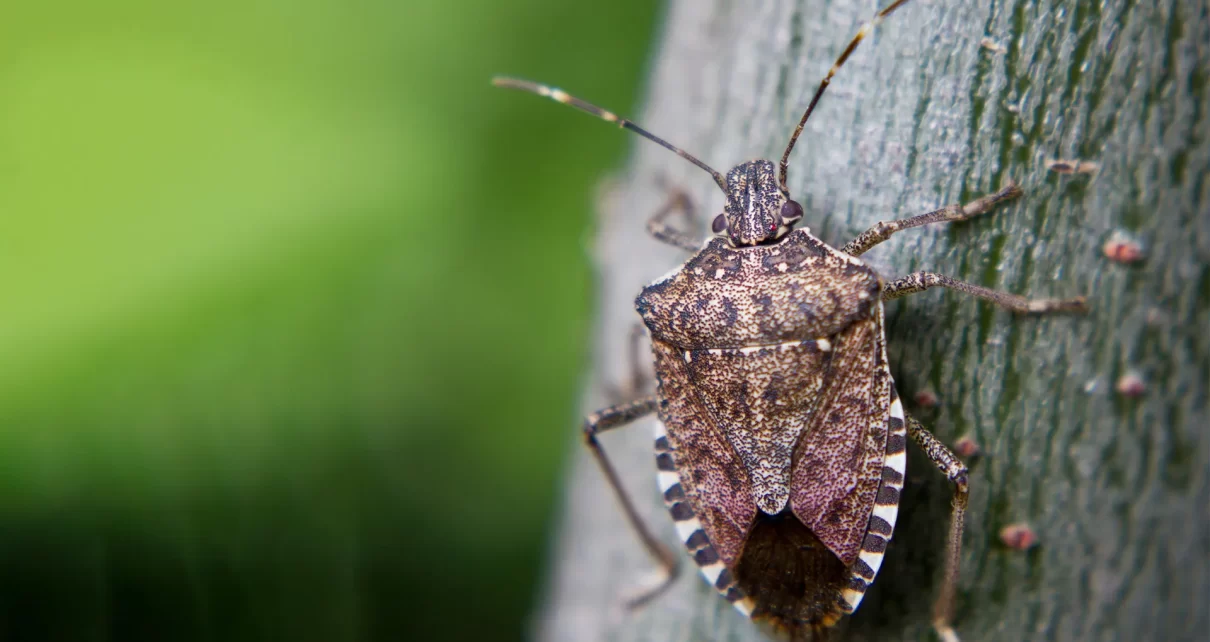Not all pests are worth the energy expenditure when it comes to household invaders. A few pests have mastered minimal effort with maximum annoyance for homeowners. Lazy intruders manage to survive and get by on shockingly low amounts of effort, making them aggravating to deal with. Knowing how these energy-efficient creatures live and reproduce helps to manage pest populations effectively. But for those who find themselves plagued within their own households, Elmhurst Exterminator Services provides customized treatments for the most resourcefully lazy of intruders that have made their way into your home.
Let us take a closer look at these low-effort pests and how their slothful approaches are, ironically, what makes them so successful at survival.
Top 7 Laziest Pests
- Carpet Beetles
These little opportunity-seekers have humans do the heavy lifting for them. Instead of seeking out food, carpet beetles just place themselves where dead skin cells, hair, and fabric fibers naturally accumulate. House dust is estimated to weigh around 8 pounds in a typical family (much of it is skin cells), making an all-you-can-eat gift to these bugs without them moving around much at all, according to studies. They have adapted to digesting keratin, enabling them to eat materials most insects are not capable of processing and ensuring they get as much nutrition as they can out of as little work as possible.
- Silverfish
These ancient-looking insects are champions at saving energy, slowing their metabolism to astonishing degrees. They can go without food for about a year, during which time they effectively immobilize most body functions. When they do eat, they call on high-carbohydrate materials, such as paper and book bindings, that require minimal digestion effort. Their nocturnal behaviors also aid in avoiding predators rather than outrunning them, as that requires precious energy.
- Bed Bugs
Bed bugs are the quintessential lazy pest, establishing a base camp directly in your sleep zone. When you can live where your meal sleeps, who needs to travel for food? These nighttime parasites spend roughly 90 percent of their lives in hiding, digesting, and emerging only briefly to feast while humans are sleeping. Bed bugs can live up to a year without eating in certain environments, meaning they can hibernate until a host returns. Their life strategy is minimal movement and maximum efficiency.
- House Dust Mites
The ultimate in lazy pest behavior, dust mites spend their whole lives within a few inches, dining on the dead skin cells human beings continuously shed. These microscopic pests have completely outsourced their food gathering to the biology of our bodies and the air currents within our homes that usher in skin cells to their mouths. They don’t even have to hunt for water but drink moisture from the air.
- German Cockroaches
Though cockroaches can move quickly when they are threatened, German cockroaches, in particular, have evolved into energy-efficient opportunists. They set up colonies near sources of food and water to cut down on travel time and tend to hitchhike on groceries or secondhand furniture instead of intentionally scattering themselves.
- Brown Recluse Spiders
Brown recluse spiders are more passive predators than actively hunting spiders. They construct small, irregular webs in undisturbed places and sit still for prey to come to them. When food becomes too scarce, these spiders can reduce their metabolism by as much as 40%, allowing them to survive for several months without eating. They have become so efficient at energy use that they barely leave their established territory. It is better to have food come toward them than to go hunting.
- Stored Product Moths
These pantry pests put colossal energy conservation into practice, allowing humans to harvest and stash food for them. Female Indian meal moths usually lay their eggs directly on or near the food sources so that the emergent larvae have to travel only a short distance to start feeding. The whole life cycle can be completed inside one bag of flour or box of cubed cereal, removing the need for potentially hazardous or energy-wasting foraging. Research indicates that they can sniff out food odors through packaging, enabling them to locate good egg-laying places with much less searching.





